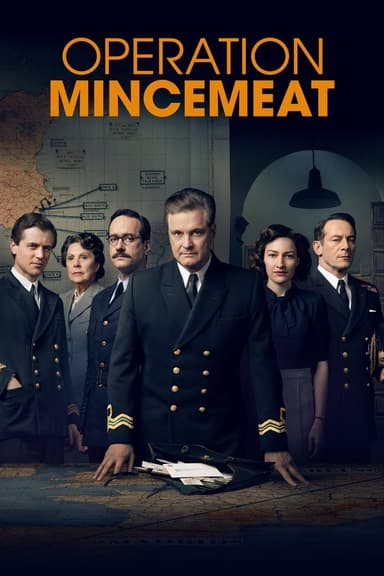
Cadence
1990 • Drama • PG-13
As punishment for drunken, rebellious behavior, a young white soldier is thrown into a stockade populated entirely by black inmates. But instead of falling victim to racial hatred, the soldier joins forces with his fellow prisoners and rises up against the insanely tyrannical and bigoted prison warden.
Runtime: 1h 37m
Why you should read the novel
Before you watch Cadence (1990), discover the source that inspired it: Count a Lonely Cadence by Gordon Weaver. The novel plunges deeper into the psychology of confinement, the grinding cadence of military life, and the charged racial dynamics inside a 1960s U.S. Army stockade than any two-hour film can capture.
Weaver’s prose offers rich interiority, layered backstories, and granular military detail that illuminate motives, fears, and moments of hard-won grace. If you’re searching for the definitive Cadence 1990 book vs movie experience, the novel’s intimate voice and immersive atmosphere deliver the most complete vision of the story’s themes.
Reading the source novel lets you experience the slow-burn tension, moral ambiguity, and emotional complexity that screen time often compresses. Choose the book first to understand Cadence from the inside out—and appreciate the film even more afterward.
Adaptation differences
The novel Count a Lonely Cadence gives you sustained access to the protagonist’s inner life—his doubts, rationalizations, flashes of hope—where the film must externalize those beats through performances and visuals. This shift in perspective changes how authority, resistance, and belonging feel from scene to scene.
To fit a feature running time, Cadence (1990) condenses timelines and streamlines the stockade ensemble. In the book, members of the group receive fuller individual histories and motivations, while the movie often blends traits or advances arcs through composite moments and dialogue.
Tone and emphasis diverge as well. Gordon Weaver’s narrative lingers on systemic pressures—military bureaucracy, racial fault lines, the grind of routine—creating a more cumulative sense of oppression. The film highlights event-driven conflict and bonding, emphasizing visual camaraderie and confrontations that play more immediately on screen.
Finally, the resolutions land differently. The movie leans toward a more cathartic, cinematic closure, while the novel’s final chapters are quieter and more ambivalent, inviting reflection on what has and hasn’t changed. Readers come away with a broader moral and emotional aftertaste than the adaptation can practically deliver.
Cadence inspired from
Count a Lonely Cadence
by Gordon Weaver










